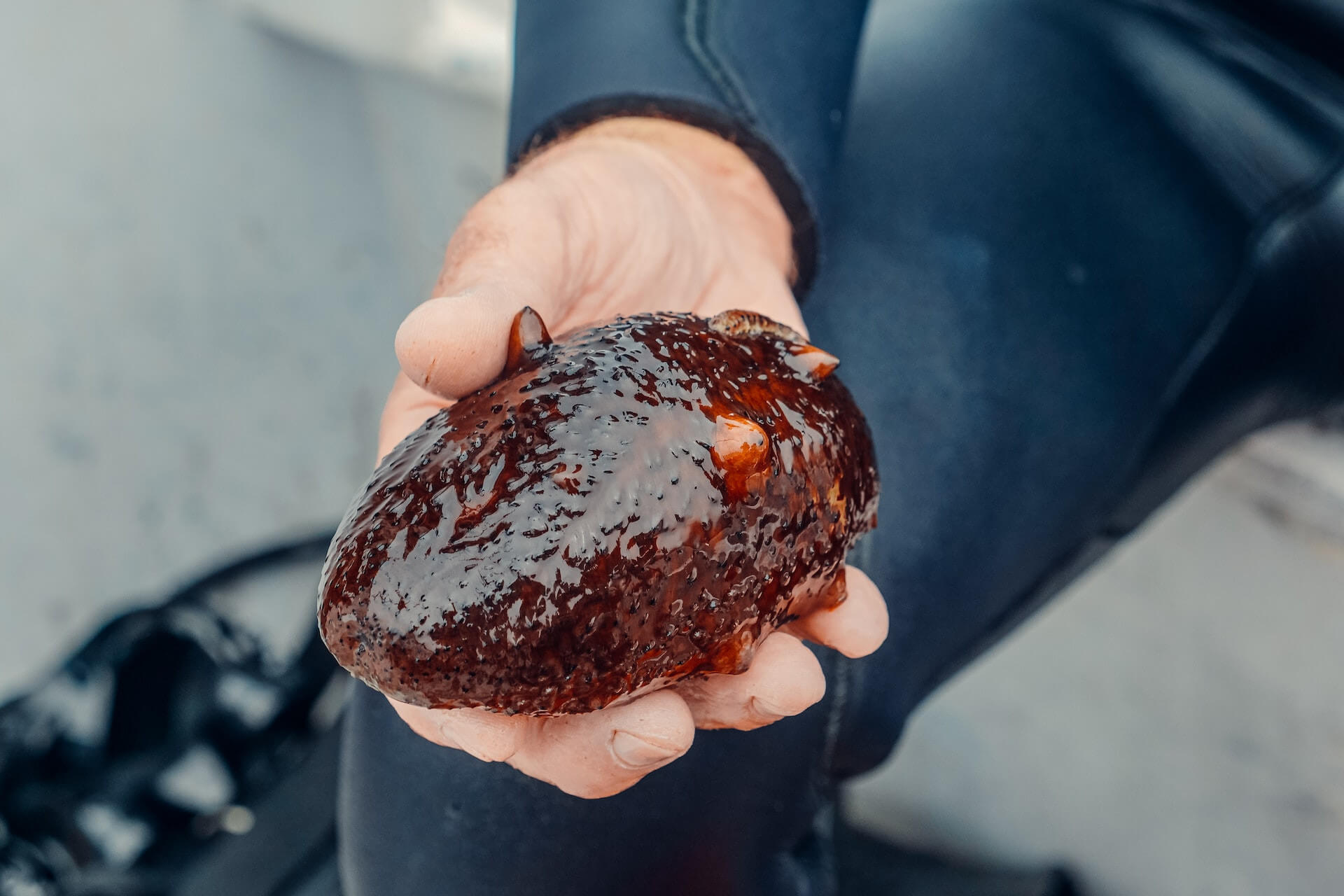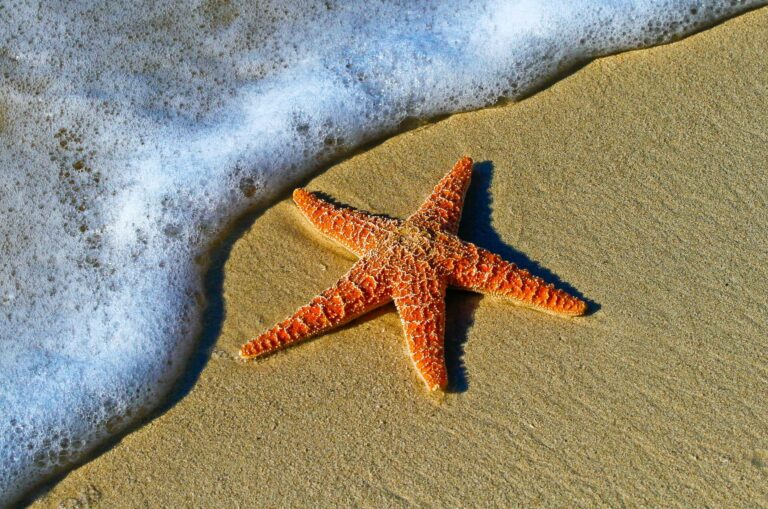INDIVIDUAL IDENTIFICATION: ECHINODERMS
SEA CUCUMBERS
Gray B. C., Calvert L. A., Purcell S. W. (2022): Short‐term movement dynamics of the world’s largest sea cucumbers (genus Thelenota). Marine Ecology 43: e12705.
FULL TEXT
Abstract
Movement studies on marine animals can inform conservation and fishery management planning through data that explain likely dispersals and home-ranging behaviours. Relatively few studies are documented for exploited marine invertebrates, despite many having a high ecological and commercial value. We assessed the diurnal movement patterns of Thelenota ananas and Thelenota anax, the world’s largest sea cucumbers, which are highly exploited throughout the Indo-Pacific. At two coral reef sites at Lizard Island, northern Australia, we tracked the 2-hourly displacement of individuals from morning to nightfall. Movement of T. ananas was more reef-associated and tortuous than T. anax. Displacement rates averaged 80 cm h−1 (±8 SE) for T. ananas and 73 cm h−1 (±20) for T. anax. Body size accounted for half of the variation in displacement for T. ananas. Mobility peaked in the late afternoon or early evening for both species, and animals tended to reverse their direction of travel after midday. The data reflect a pattern of animals meandering out from their reef shelters onto sandy lagoon floors to forage, before returning to the reefs. This empirical evidence offers further support that these holothuroids contribute to the formation of “reef halos”. The exceptionally high movement rates and patterns found in this study should inform the design of spatial management measures.
STARFISH
Chim C. K., Tan K. S. (2012): Recognition of individual knobby sea stars Protoreaster nodosus (L., 1758) using aboral surface characteristics. Journal of Experimental Marine Biology and Ecology 430: 48-55.
FULL TEXT
Abstract
A photo-identification method was developed to recognise individual Protoreaster nodosus, a large sea star widely distributed in the Indo-Pacific region. Digital photographs of the aboral surface of P. nodosus individuals were obtained from intertidal populations in Singapore between 2002 and 2010. Each photograph was given a numerical code based on the colouration of arm tips, the condition of the arms and the number of tubercles, comprising a total of 17 independent characters, or 27 for developing individuals. Photographs with similar codes were grouped together using a computer and then matched by eye to confirm if they were from the same individual. Natural characteristics not included in the code, such as the arrangement of tubercles and pigmentation pattern, were also used in the recognition process. The natural markings selected were discrete characters that are easily quantified. Based on the variations observed in 4842 photographs of 1817 individuals over 9 years, the coding system has the potential of identifying up to 4.24 × 1021 individuals. The extensive range of natural marks used in the code also ensures that individuals can be re-identified even when some natural marks have become modified due to injury or growth. The code generally remained stable for 2–3 years for each individual, and lasted up to 9 years in some individuals. The reliability of the photo-identification method was verified by blind studies using temporary tags. This photo-identification method allows the implementation of long-term mark–recapture studies on sea stars, which are currently lacking due to the difficulties in tagging or marking sea stars in the field.



